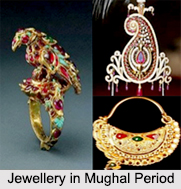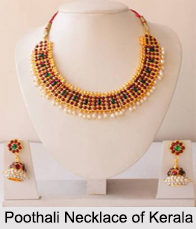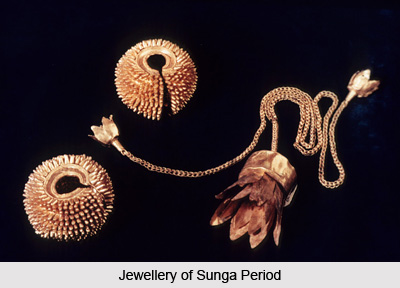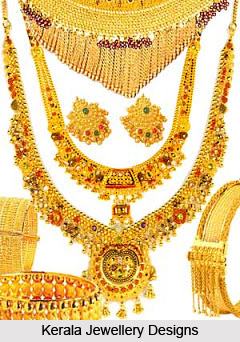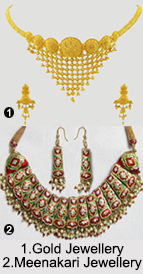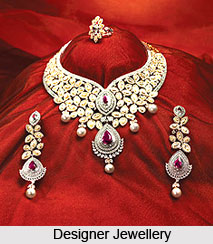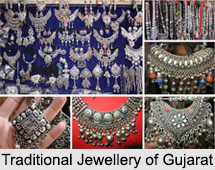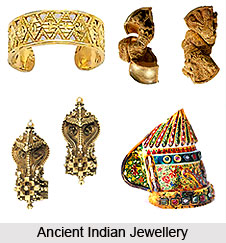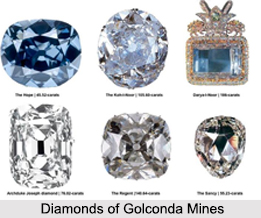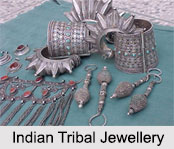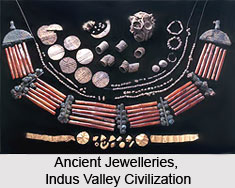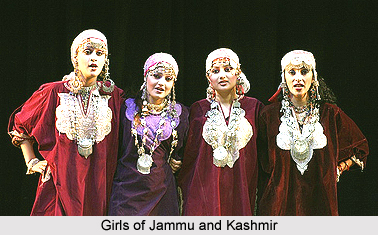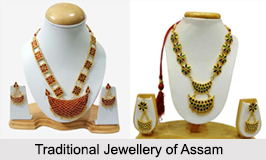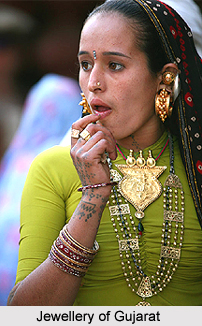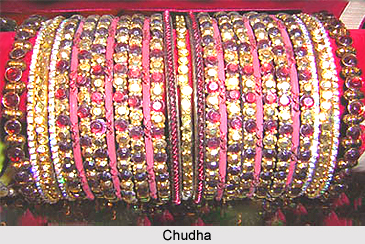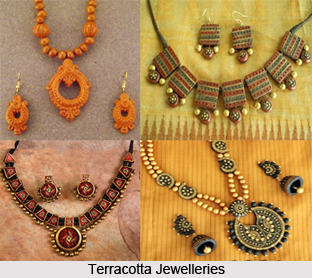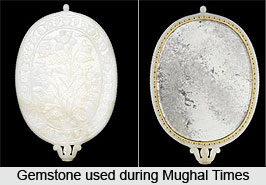 Inscribed royal gemstones are a style most patronised and popularised by the Mughals in India. The style of inscribed royal gemstones has been seen as far back as the third millennium BC in Mesopotamia. Gemstones found during this time have been found to display certain royal inscriptions on them. Of the known ancient examples, most seem to date from the second millennium BC, the stones mainly being fancy agates, but also including, for example, blue chalcedony and turquoise. Much Later, and impressive and important series, not so fundamentally different in character, yet constituting a distinct set of inscribed royal gemstones are the gemstones engraved with the names of Mughal Emperors. This practice of having royal inscriptions on gemstones was inherited by the Mughals from their ancestors the Timurids. The Timurids in turn were continuing a tradition followed by the Mongol emperors as far back as the 13th century AD. The earliest record of this line of practice at present known to art-historical scholarship suggests that the rulers of Badakhshan may have been its originators at some point in or before the 13th century AD. Since their territory included the mines of `balas rubies` (red gem spinels, on which the greatest number of extant royal inscriptions occur), and since these rulers were reputed to have been a very ancient line, this suggestion does seem to be possible.
Inscribed royal gemstones are a style most patronised and popularised by the Mughals in India. The style of inscribed royal gemstones has been seen as far back as the third millennium BC in Mesopotamia. Gemstones found during this time have been found to display certain royal inscriptions on them. Of the known ancient examples, most seem to date from the second millennium BC, the stones mainly being fancy agates, but also including, for example, blue chalcedony and turquoise. Much Later, and impressive and important series, not so fundamentally different in character, yet constituting a distinct set of inscribed royal gemstones are the gemstones engraved with the names of Mughal Emperors. This practice of having royal inscriptions on gemstones was inherited by the Mughals from their ancestors the Timurids. The Timurids in turn were continuing a tradition followed by the Mongol emperors as far back as the 13th century AD. The earliest record of this line of practice at present known to art-historical scholarship suggests that the rulers of Badakhshan may have been its originators at some point in or before the 13th century AD. Since their territory included the mines of `balas rubies` (red gem spinels, on which the greatest number of extant royal inscriptions occur), and since these rulers were reputed to have been a very ancient line, this suggestion does seem to be possible.
The earliest-known extant example of such an inscription, by more than one hundred years, is that of the Timurid Ulugh Beg (died 1449). This stone also features the unique instance of such an inscription in the name 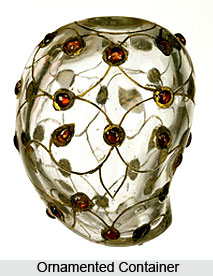 of a Safavid ruler (Shah Abbas I). Additionally, it bears the names of three Mughal Emperors (Jahangir, Shah Jahan and Aurangzeb) and of the Afghan king Ahmad Shah. This stone has been famous in literature since before it was sent to Jahangir by Shah Abbas I, and is the very stone fabled in recent literature as the `Timur Ruby`.
of a Safavid ruler (Shah Abbas I). Additionally, it bears the names of three Mughal Emperors (Jahangir, Shah Jahan and Aurangzeb) and of the Afghan king Ahmad Shah. This stone has been famous in literature since before it was sent to Jahangir by Shah Abbas I, and is the very stone fabled in recent literature as the `Timur Ruby`.
A limited number of emeralds and diamonds so inscribed show that such inscriptions were not confined to spinels. The Mughals, as well as at least one Deccani ruler and the Persian conqueror Nadir Shah, are all represented by inscriptions on diamonds. One can only suspect that the intrinsic value of the material in the case of diamonds and emeralds has led to their extremely low survival rate. Conversely, historic spinels have proven fortunate precisely because of the low per-carat market value of this material in relatively recent times.
Other inscribed gemstones of the Mughal period which may be mentioned here represent another category. Though religious in content, they may also be fairly described as royal because of the practically certain princely status of the patron. Among such stones are superb emeralds exquisitely inscribed with the Throne Verse from the Holy Quran. Like those in the names of Mughal rulers, these inscriptions were executed with a diamond-tipped stylus (as opposed to being wheel-cut, which was the practice for sealstones), which afforded particularly great control of the process. When many times magnified, the calligraphy can be seen to embody artistically faultless proportions, on par with the monumental architectural inscriptions of the period. Thus royally inscribed gemstones in the Mughal period had reached an exalted standard indeed.
